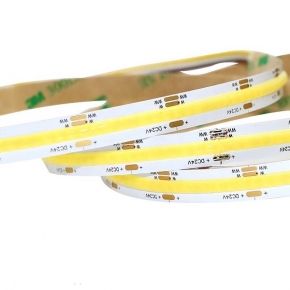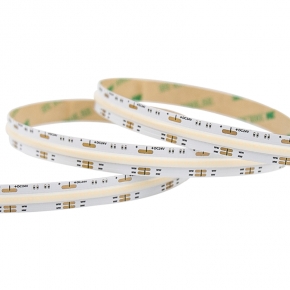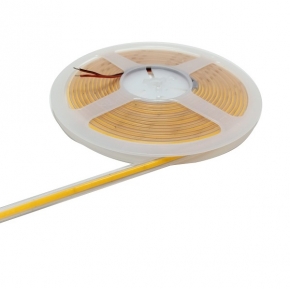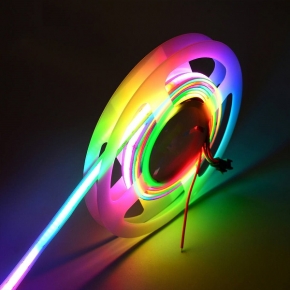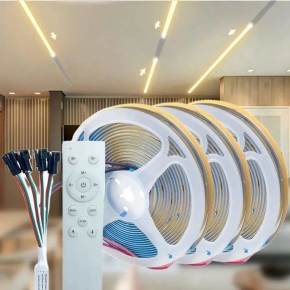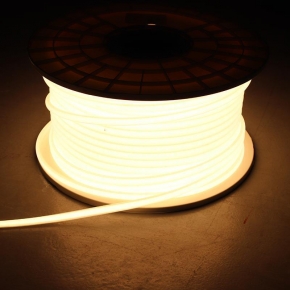Mastering Layered Lighting with LED Strip Lights: A Comprehensive Guide Introduction
Layered lighting has emerged as a pivotal aspect of contemporary interior design, harmonizing functionality with aesthetics. Among the myriad tools available, LED strip lights stand out for their ability to create soft, ambient illumination without the harshness associated with single-point lighting sources. This guide delves into the intricacies of mastering layered lighting with LED strip lights, addressing common issues, and presenting solutions tailored to enhance your living or workspace.
The Importance of Layered Lighting
Layered lighting involves the strategic use of multiple light sources to create depth, dimension, and ambiance within a space. It typically comprises three layers:
Ambient Lighting: Provides overall illumination.
Task Lighting: Focuses light on specific areas where work is performed.
Accent Lighting: Highlights architectural features or artistic elements.
LED strip lights excel in all three layers due to their flexibility, energy efficiency, and ability to produce a variety of lighting effects.
Common Issues and Solutions
Installing LED Strips Discreetly
Issue: Visible wiring can detract from the aesthetic appeal of layered lighting.
Solutions:
Use LED aluminum profiles to conceal strips and wiring.
Route wiring behind walls or within ceiling voids.
Opt for wireless LED strip light systems that use battery packs or remote power supplies.
Inconsistent Brightness or Color Temperatures
Issue: Variability in brightness or color temperature can disrupt the overall lighting scheme.
Solutions:
Choose LED strips with consistent binning and color temperature ratings.
Use dimmable drivers and controllers to adjust brightness levels uniformly.
Ensure proper spacing and alignment of LED strips to maintain even illumination.
Overheating Risks in Enclosed Spaces
Issue: Enclosed spaces can lead to heat buildup, reducing LED lifespan.
Solutions:
Select LED strips with high thermal conductivity materials.
Install heat sinks or ventilation to dissipate heat.
Limit the length of continuous strips in enclosed areas to prevent overheating.
Overloaded Circuits or Voltage Drop
Issue: Excessive current draw or voltage drop can impair light output and LED lifespan.
Solutions:
Calculate the total power requirements of your LED strips and ensure your circuit can handle the load.
Use thicker gauge wiring to minimize voltage drop.
Install additional power supplies if necessary to distribute the load evenly.
Premature Fading, Flickering, or Failure
Issue: Poor quality LED strips may fade, flicker, or fail prematurely.
Solutions:
Purchase LED strips from reputable manufacturers with a proven track record.
Look for UL, CE, or RoHS certifications to ensure quality and safety.
Operate LED strips within their specified temperature and humidity ranges.
Product Recommendations
At Ledway, we offer a range of LED strip light series designed for layered lighting applications:
SMD2835 LED Strip Light Series: Suitable for ambient and task lighting due to their high brightness and energy efficiency.
SMD5050 LED Strip Light Single Color Series: Ideal for accent lighting, available in various color temperatures and brightness levels.
Our LED strips feature high-quality Samsung/Lumileds LED chips, 3oz thick copper circuit boards, and come with UL/FCC/CE/RoHS certifications.
Conclusion and Call to Action
Mastering layered lighting with LED strip lights requires careful planning, selection of high-quality products, and attention to detail in installation. By addressing common issues and implementing effective solutions, you can create a lighting scheme that enhances the beauty, functionality, and ambiance of your space.
Ready to transform your living or workspace with layered lighting? Contact ledway today for a consultation and quote. Our team of experts will guide you through the process, ensuring you achieve the perfect lighting design for your needs.
Email: sales2@ledwaylighting.com

